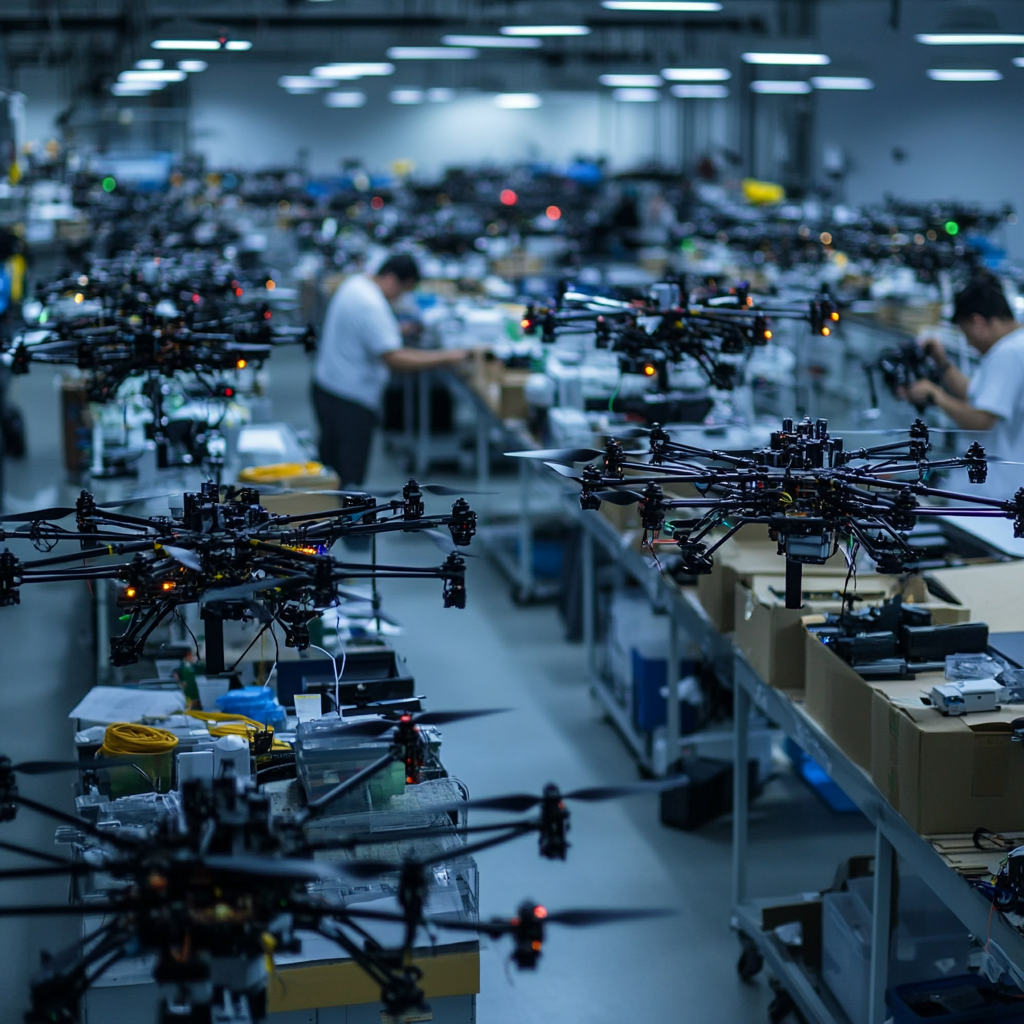Modernizing U.S. Defense Innovation: Catalyzing a Paradigm Shift in Military Technological Supremacy
In the rapidly evolving theater of global security, the imperative to modernize U.S. defense innovation is not merely a strategic choice but a doctrinal necessity. The crucible of 21st-century warfare demands a synthesis of agile acquisition strategies and an unrelenting pursuit of technological superiority. This discourse delves into the multifaceted dimensions of reforming defense acquisition and fostering a robust ecosystem of military technological innovation.
Reforming Defense Acquisition: The Case for Agile Procurement
The Department of Defense (DoD) finds itself ensnared in an archaic procurement paradigm, characterized by protracted timelines and labyrinthine bureaucratic processes. The clarion call for defense acquisition reform resonates with the urgency to dismantle these ossified structures. Agile procurement methodologies, inspired by the iterative cycles of Silicon Valley, present a compelling blueprint. By embedding flexibility and responsiveness into the acquisition lifecycle, the DoD can pivot more effectively in response to emergent threats and technological breakthroughs.
Promoting Technological Innovation: Cultivating a Defense Tech Ecosystem
Innovation in defense technology transcends the confines of traditional R&D silos. It necessitates a confluence of academia, private sector ingenuity, and military pragmatism. Public-private partnerships, incentivized through streamlined contracting mechanisms and venture capital infusion, are pivotal. The Defense Innovation Unit (DIU) exemplifies this paradigm, bridging the chasm between cutting-edge commercial technology and defense applications.
China’s Ambitions and the Future of Military Technology: A Strategic Competitor’s Trajectory
China’s relentless drive for military modernization underscores a strategic calculus that intertwines economic prowess with technological hegemony. The People’s Liberation Army (PLA) has embarked on an ambitious trajectory, characterized by the integration of autonomous systems, artificial intelligence (AI), and quantum computing into its operational doctrine.
The “Military-Civil Fusion” strategy epitomizes China’s approach, blurring the demarcation between civilian technological advancements and military applications. This synergistic model accelerates the PLA’s capacity to assimilate disruptive technologies, posing a formidable challenge to U.S. military preeminence.
Defense Acquisition Reform: Towards a Post-Bureaucratic Model
Former defense officials, such as William Greenwalt, advocate for a radical overhaul of the Pentagon’s procurement architecture. The entrenched bureaucratic inertia hampers the DoD’s agility, rendering it ill-equipped to capitalize on rapid technological advancements. Greenwalt’s vision entails a post-bureaucratic model that decentralizes decision-making, empowers program managers, and fosters a culture of calculated risk-taking.
The integration of autonomous systems and advanced robotics into defense acquisition frameworks necessitates not just technological acumen but also doctrinal adaptability. The procurement processes must evolve to accommodate iterative development cycles, rapid prototyping, and real-time feedback mechanisms.
Conclusion: Forging the Future of Defense Innovation
Modernizing U.S. defense innovation is an odyssey that traverses the realms of strategic foresight, technological audacity, and bureaucratic reformation. In an era defined by asymmetrical threats and great power competition, the ability to out-innovate adversaries is the ultimate strategic deterrent. By embracing agile acquisition models, fostering cross-sector collaboration, and vigilantly monitoring geopolitical competitors like China, the U.S. can fortify its position at the vanguard of military technological supremacy.



